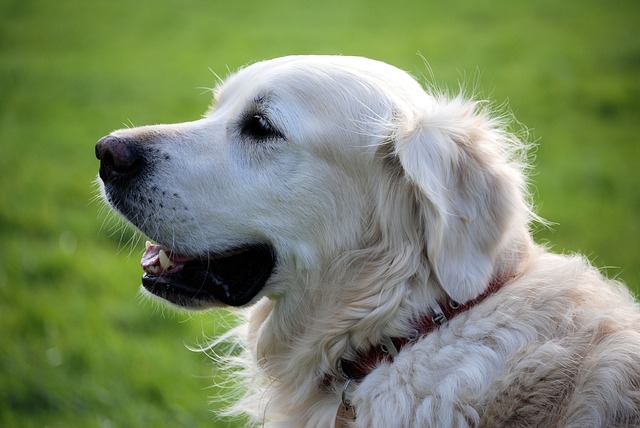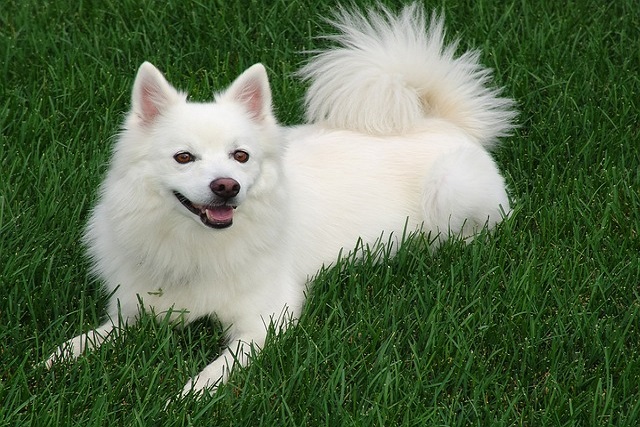
How to Teach Dogs to Stay Still
Dogs struggle with “stay” because their brains are wired to “follow the pack”—and you’re their pack. To them, staying put while you move feels wrong
Picture this: You’re strolling through Portland’s Laurelhurst Park when your terrier spots a squirrel and bolts toward traffic. Your shout of "Stop!" vanishes into the wind. That gut-punch moment is why teaching an instant freeze command isn’t just useful—it’s a civic duty. Let’s build this lifesaver step by step, the humane way.
Begin in your living room with the neuroscience of associative learning. Choose a sharp, unique sound—a hand clap or "Tsch!" works best. Walk your leashed pup toward a toy, saying "Go!" cheerfully. After two steps, make your stop sound, freeze like a statue, and gently reel in the leash until they pause. The second they hesitate, mark with "Yes!" and release with "Okay!" while tossing the toy. This wires their brain: the sound predicts redirection, not punishment. Repeat 10 times daily for three days before progressing.
Now move to your backyard or quiet alley. Let them sniff freely on a long leash, then use your sound cue the moment they lift their head. When they freeze (even briefly), sprint away excitedly shouting "Let’s go!"—turning obedience into a game. This uses Premack’s Principle: stopping earns the jackpot reward of resumed adventure. Urban dwellers, practice at apartment building exits: "Stop!" before crossing thresholds prevents elevator dashes, a top hazard in Chicago high-rises.
Legally, control saves wallets and lives. Most U.S. cities like Austin mandate leashes under 6 feet in public spaces—fines hit $300 for violations. Always carry waste bags; uncollected poop brings $250 tickets in Seattle parks. And double-check rabies records: San Francisco requires physical certificates, not just tags, for off-leash areas.

Culturally, force destroys trust. Yanking leashes or "alpha rolls" violate Germany’s Animal Welfare Act and trigger U.S. nuisance lawsuits. Research proves aversive methods spike fear-based aggression by 40%. If your shepherd ignores "Stop!" near a playground, calmly leash up and retreat—never punish attempted compliance. Later, re-create the scenario at safer distances.
For community harmony, blend stops with manners. At dog-friendly spots like Asheville’s breweries, train "stop-sit": freeze for three seconds, then sit for quiet praise. This prevents table invasions and earns neighborly smiles. Struggling with distractions? Try "environmental rewards": when your lab stops mid-chase, reward with permission to sniff that fire hydrant they craved.
If progress stalls near skateboards or squirrels, attach a 30-foot training line for gentle redirection—no jerking. Add a visual cue like a raised palm; essential for noisy streets like Manhattan. Remember adolescence (6-18 months) tests boundaries. If your golden ignores stops at the beach, return to leash drills for a week. Celebrate micro-wins: a one-second pause deserves a party.
Ultimately, a solid "Stop!" transforms city living. When your dog freezes mid-lunge because you whispered "Freeze," that’s not just training—it’s a conversation built on respect. And in our chaotic world, that pause might just save their life.

Dogs struggle with “stay” because their brains are wired to “follow the pack”—and you’re their pack. To them, staying put while you move feels wrong

I was walking my friend’s Australian Shepherd, Luna, through a Seattle neighborhood last month when a jogger rounded the corner—and Luna erupted into barks

You’re walking your new rescue dog in the neighborhood park when a child on a scooter zips past, and suddenly your pup freezes, lips pulled back in a snarl, growling low in their throat.

You've just moved into a cozy apartment in downtown Chicago, excited to host your first dinner party. But as soon as the doorbell rings, your dog goes wild

It’s 7 AM on a Tuesday, and you’re already wide awake—not because of your alarm, but because your pup is standing at the window, barking nonstop at the neighbor walking their dog.

You’re strolling through your suburban neighborhood in Colorado, coffee in hand, when a kid on a bike rounds the corner. Suddenly, your pup tenses, hackles up